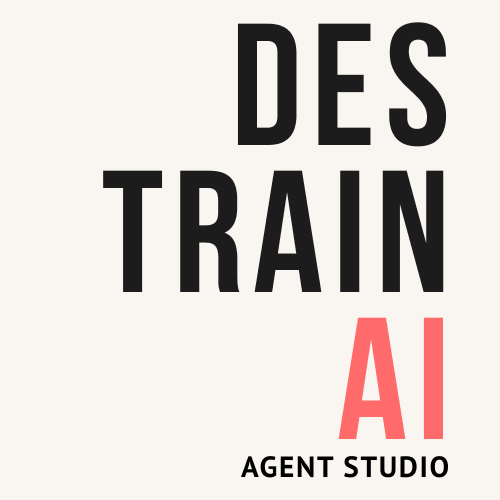Natural Language transforms User Interfaces
JP
The way people interact with technology is about to change and as everything in AI age the change is going to be ultra fast. Traditional menus, forms, and buttons are being replaced by something far more natural: language. Natural language interfaces are not just a UX trend but they represent a structural shift driven by both user demand (ease of use) and compelling cost-efficiency (ease of build). For businesses, the direction is clear: adopting natural language interfaces is a strategic move that’s quickly becoming the default.
A natural language interface allows people to interact with systems by simply speaking or typing using everyday language. And I'm not talking about chatbots. It’s a broader transformation that is is influencing every kind of digital service, every user interface and tool.
Why now?
The shift has been made possible by the rapid advancement of large language models (LLMs). These models don’t just “understand” human language better but, especially when coupled with agentic approach, can actively guide the user, handle ambiguity, and adapt to the context.
Why it matters
Natural language interfaces offer five key advantages over traditional user interfaces:
Cost-efficient to build
A simple text input or speech recognition field can replace complex forms or multi-step flows, reducing development and maintenance costs. A single user interface can also serve many different tasks, making it versatile and reducing the number of tools needed.
No learning curve
If you can speak or write, you can use the interface. There’s no need to learn how the system works as it adapts to you. Never has the world had so accessible system that "if you can speak you can use it".
User tells it in their own words. And can add an image or video that extends the context. No more confusion or misunderstandings.
Self-guided by design
If something is missing or unclear, the interface can ask follow-up questions in real-time guiding the user naturally through the process. No need to create manuals or helps, the user interface IS the manual.
Built for problem-solving
Because the system understands intent and context, it can go beyond basic commands and help the user find actual solutions. The system can provide suggestions or options for the user. For example does the user want to make a purchase, receive an written offer or that a sales person calls to discuss the details?
Hyper-personalized
By combining user input with background data, these interfaces can tailor responses precisely to the situation and individual. This is one of the key drivers behind the whole transformation. It is not enough to provide a link, or a generic response. It's not even enough to provide the generic description. Users expect to get the solution tailored exactly to their needs.
What does this mean for your business?
Natural language interfaces make digital services more accessible, human-centered, and efficient. It’s a paradigm shift in how humans and machines collaborate.
Curious about how this could benefit your organization? Let’s talk. We help businesses explore, design, and implement AI-driven natural language solutions tailored to their real-world needs.
---
Jonas Pomoell is the founder and lead AI business consultant at Des Train AI Oy, specializing in deploying transformative generative AI solutions. With deep expertise in AI-driven business automation, Jonas helps companies unlock productivity and growth through advanced, practical AI agent implementations.
